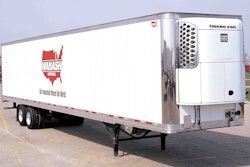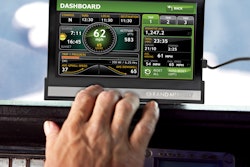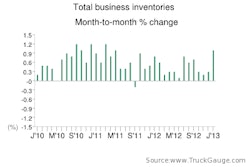Verizon announced it is rolling out Networkfleet on the Verizon Wireless network and its 18,000-vehicle fleet.
Networkfleet is part of Hughes Telematics which Verizon acquired last year. The system will be combined with the Verizon Wireless network and will debut in Verizon’s own U.S. service fleet for improved monitoring, management and route optimization capabilities.
With the new “all-Verizon” system as part of its telematics portfolio, Networkfleet says it is building on the joint capabilities of Verizon and Hughes Telematics to help fleet managers improve operations by managing speed, fuel consumption, drivers and vehicles.
“As one of the largest commercial fleet operators in the United States, Verizon recognizes the challenges and opportunities associated with managing fleets and we continue to shape our offerings to help customers turn rolling assets into a competitive business advantage,’’ said David Small, senior vice president and chief platform officer for Verizon Enterprise Solutions.
The Networkfleet telematics system combines in-vehicle hardware and a Web-based application to store, view and analyze data on specific vehicles as well as overall fleet performance. Vehicles are equipped with a GPS device that sends information to the Networkfleet Data Center over a secure wireless network. Key features include GPS fleet tracking; asset tracking; fleet maps; vehicle diagnostics with alerts; roadside assistance; preventative maintenance; and other fleet management tools.
Verizon is deploying Networkfleet to an initial 18,000 company vehicles in its fleet this year. Verizon says the initiative will help achieve its sustainability goal of decreasing its carbon footprint.
Networkfleet can be used in a wide variety of industries including transportation, energy and utilities, government, retail and distribution, construction, healthcare and media.
Networkfleet recently created a video on how Eastern Municipal Water District in Southern California paid for its investment in Networkfleet within months.










